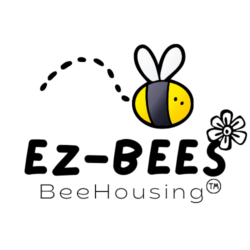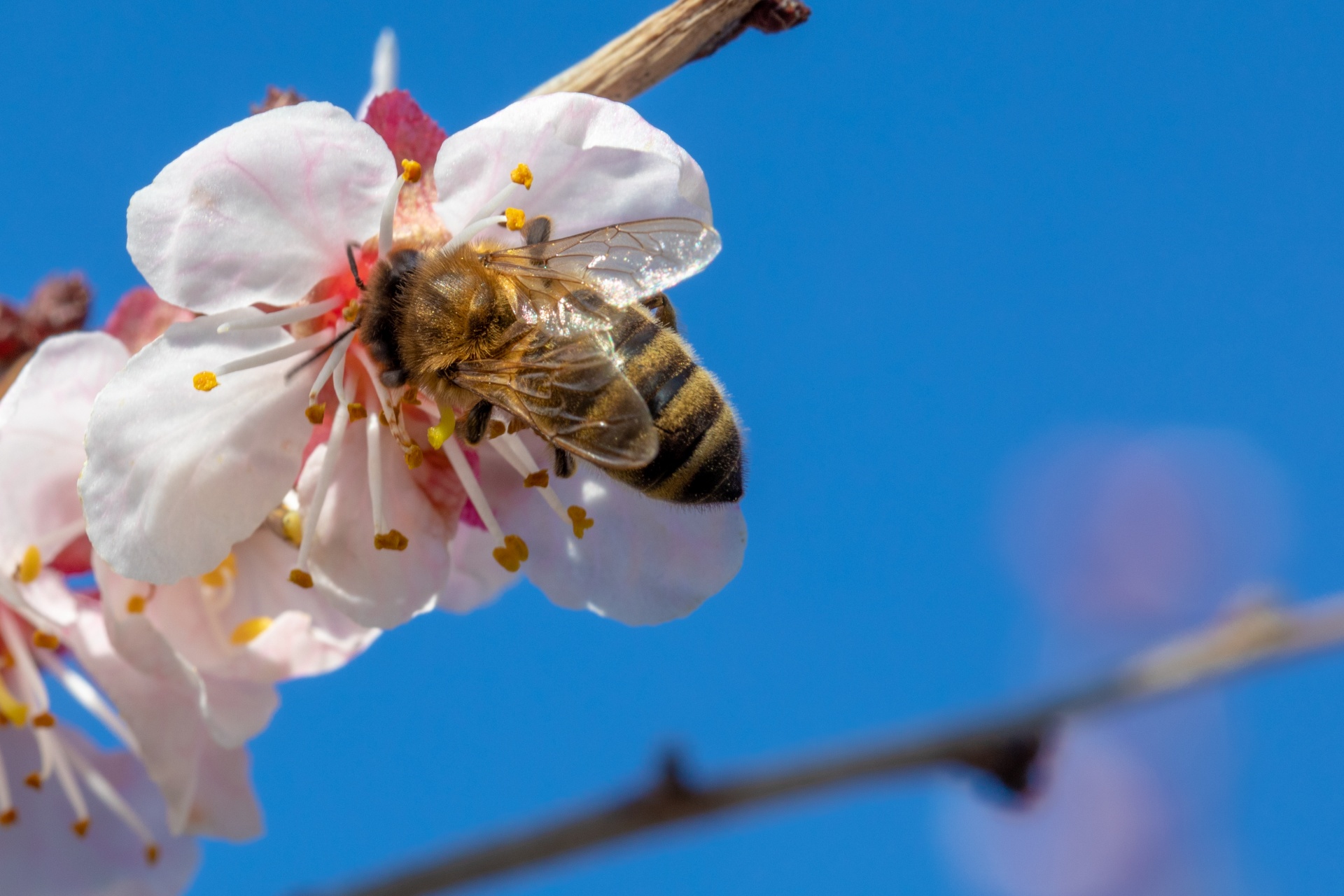Lifelong Interest in Bees
You may be like me… I became interested in bees as a boy in rural Austria visiting our kindred homesteads. Back in USA, I dove into hymenoptera with my high school bug collection (the biggest section was bees and I was only stung a few times).
Time flew by and I’ve always had many interests but when first married, we wrote down some life dreams. Almost 40 years later, I ran across that piece of paper and “backyard bees” was one of the very few unchecked items.
Keeping Bees is HARD
The days of skiing off cliffs and scuba with sharks have long passed and my interests turned to more leisurely pastimes… honey bees? Youtube held stories of newbies attempting beekeeping. Enthusiasm soared, they took classes, built hives, bought bees and often bought them again and again. Some kept going, usually only with great mentors. But even the survivors were always opening their hives, lifting very heavy boxes, feeding bag after bag of sugar, treating with pesticides but still losing half their hives over winter. It all looked too difficult. I wrote Jim at Vino Farm asking if there were an easier path to backyard bees. He suggested I look into horizontal hives.
Natural Apiculture (Beekeeping)
Dr. Leo, the scientist who founded HorizontalHive.com, tells the story of walking through the woods and seeing bees in a cavity with a 4 inch wide long opening. Somehow those bees survived winters with an open-sided hollow. No one was treating them, no one was feeding them, yet here they are. “I want THOSE kind of bees!” Dr. Leo translated, “Keeping Bees With A Smile: A Vision and Practice of Natural Apiculture” by Fedor Lazutin The book is a fascinating dismissal of commercial practices including the oppressive governmental introduction of ‘modern’ beekeeping in Russia.
Getting Started With Hives

Turned out there were beekeeping groups on-line, both local and ‘Natural’. On YouTube, Secure Acres Natural Bees gave away a Layens swarm trap and I WON! You really can’t keep bees in just a swarm trap up North, too small and uninsulated. If you’re a woodworker, there are many Layens hive plans online. That’s not me. A 20 frame insulated hive – recommended by Dr. Leo – costs about $500 plus $100 shipping. I wondered if there might be an alternative?
Poly-Hives are Real
In a Natural Layens group, someone asked if there were a poly hive available. I started learning about hives – mainly in the UK but some also in the USA. Poly hives have advantages in insulation, simple assembly and lightweight. A disadvantage is that bees can chew through low density polystyrene. There wasn’t any poly-layens hive maker but there were poly boxes from ULINE shipping supplies. We bought some Layens frames from HorizontalHive.com and they fit nicely into the box. We added some cedar plywood and our first hive was almost ready for bees.
Darwinian Beekeeping
Along the way, Dr. Leo mentioned another bee expert, Dr. Thomas D. Seeley. Dr. Tom had been keeping bees all his life but formally studying them starting in 1978. Dr. Tom has summarized his experiences in several YouTube presentations. My favorite is “Darwinian Beekeeping” which explains important distinctives between ‘modern commercial’ beekeeping from how bees survive unkept in wild colonies. His principles, more than anyone else, have shaped the development of our Ez-Bees Poly-Layens hives.
For more information: This powerpoint pulls our story together with presentation slides from Dr. Leo and Dr. Seeley.


